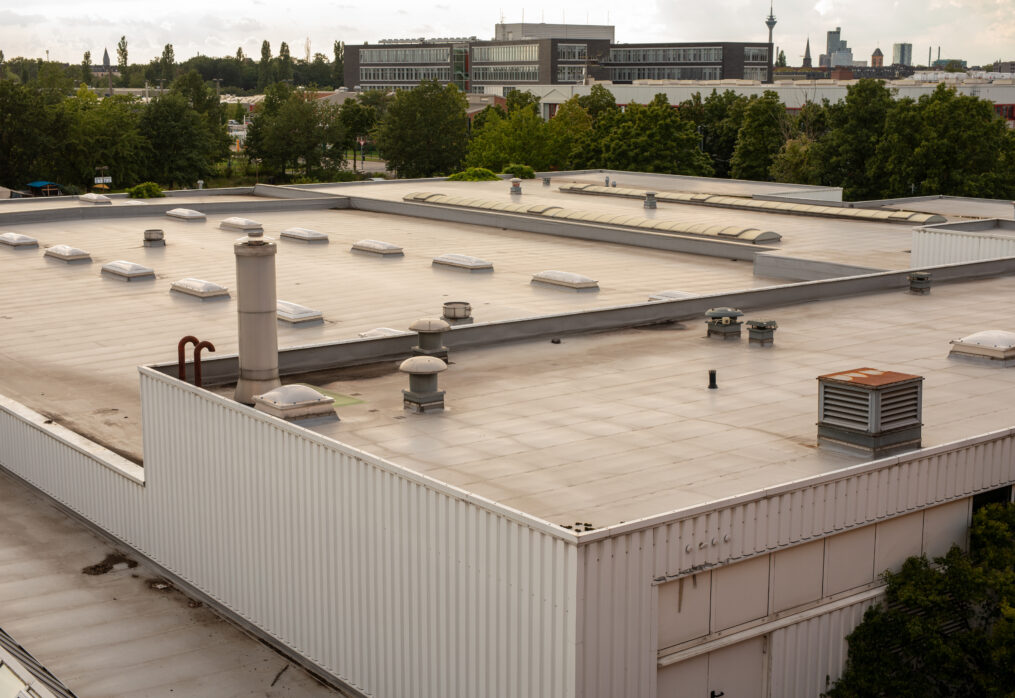Roof Lifecycle Planning: Repair or Replace?
Roofs are a necessary, though undeniably expensive, component of commercial facility oversight. Unfortunately, many building owners wait until repairs have worsened to complete necessary repairs or complete replacements, and this reactive maintenance can come with an even heftier price tag. Alternatively, lifecycle planning helps owners and facility managers to plan if, and when, repairs or larger replacements need to happen, thus allowing ample time for proactive preparations and budgeting.
Repair
Staying on top of repairs is the best and surest way to avoid unexpected costs associated with complete replacements. Prioritizing frequent inspections and having complete oversight over the outcomes of those inspections (such as potential problem areas) is key to handling any necessary repairs swiftly and cost-effectively. Often, neglected repairs worsen over time and become much larger, costlier fixes, potentially even leading to business or production downtime. Tracking repairs, including their frequency, also helps to identify when a roofing system may be nearing the end of its service life so that you can begin planning and budgeting for a replacement in the future.
Recoat
Recoating is the middle ground between simple repairs and total roof replacements. Coatings, such as those made of silicone or acrylic, can often help expand your roof’s lifespan up to 10 years by sealing minor cracks or covering deteriorating membranes. While recoating can be a beneficial strategy for rejuvenating an aging roof system and increasing energy efficiency in the short-term, it is not a cure for larger, more complex roofing issues. Underlying issues such as unstable infrastructure or water-damaged insulation are not cured by recoating and can actually sometimes be made worse by recoating processes that coat already compromised materials.
Replace
Roof replacements are a reality for any commercial building, though the timeline for replacements can vary greatly depending on the level of proactive maintenance that has been completed. According to the Roofer’s Guild, commercial roofs often have a lifespan of anywhere from 10 to 40 years depending on several factors like location, climate, environmental factors, and repair history. The most important component of planning for a roof replacement is to begin the process early. Identify problem areas, track if repairs increase in frequency over time and begin budgeting for these replacements in advance rather than waiting for the roofing system to fail entirely before taking action.
Building Technology Associates knows all too well how stressful and overwhelming the prospect of a roof replacement can be. That’s why the team here is committed to providing comprehensive roof asset management services to commercial building owners to help plan their roof’s lifecycle in advance, thus allowing for informed decision-making and proactive budgeting. Whether your unique roofing system requires repairs, a recoat, or a total replacement, the BTA team is passionate about collaborating to protect your assets and your peace of mind.
